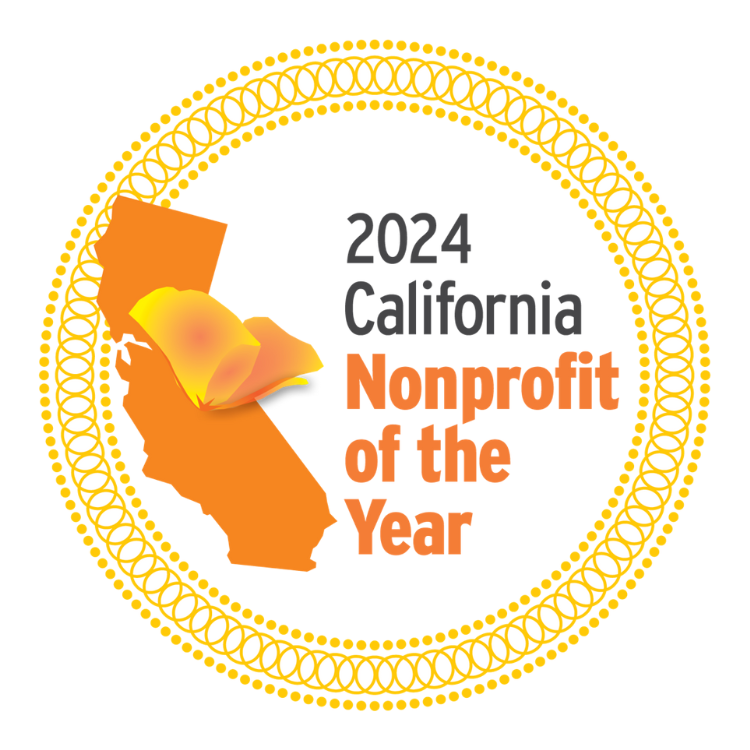It doesn’t matter where you look in the world, water is the central life force for all living things. Here in Orange County, we live between two extremes, an abundance of salty water to our west and a limited supply of fresh water to our east. If our North Star is clean and healthy water for our communities to thrive, Orange County Coastkeeper kept us on course in 2018 by fighting obstacles, speaking up to influence governance and mobilizing our communities.
On behalf of our staff, and with huge gratitude to our board of directors, donors and sponsors, volunteers, partners, and friends, we invite you to celebrate how these achievements in 2018 navigated us toward drinkable, fishable, swimmable and sustainable waters.
At Coastkeeper, our everyday story is all about the community.
1. Collaborating to Protect Our Southern California Way of Life
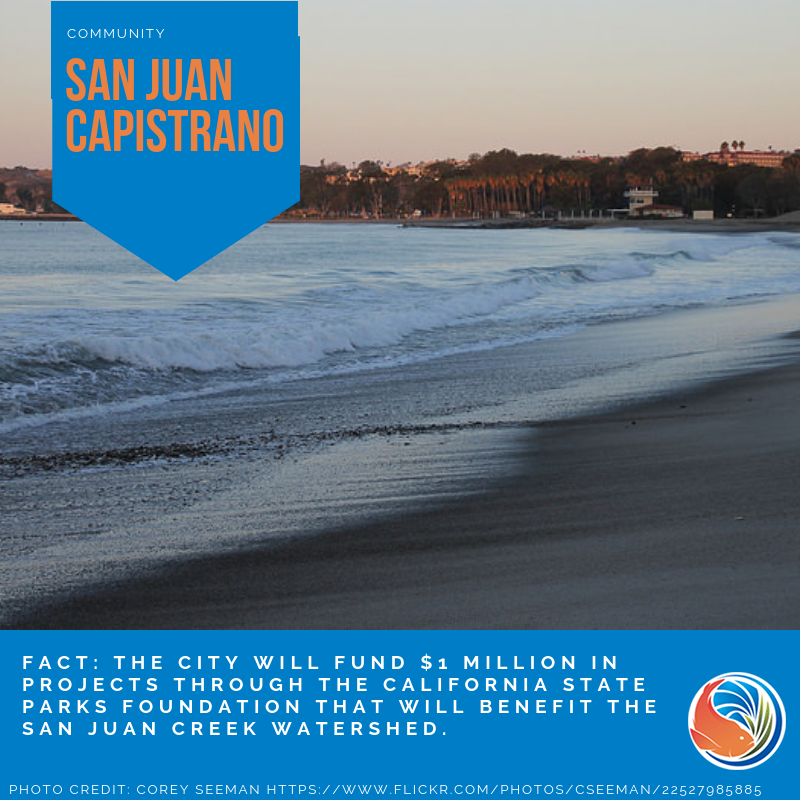
We settled with the City of San Juan Capistrano and Blenheim Facility Management to ensure the Rancho Mission Viejo Riding Park comes into compliance with all water quality laws, which will enhance water quality in San Juan Creek and at Doheny State Beach, and preserve the region’s equestrian heritage.
2. Enforcement Improves Water Quality for Everyone
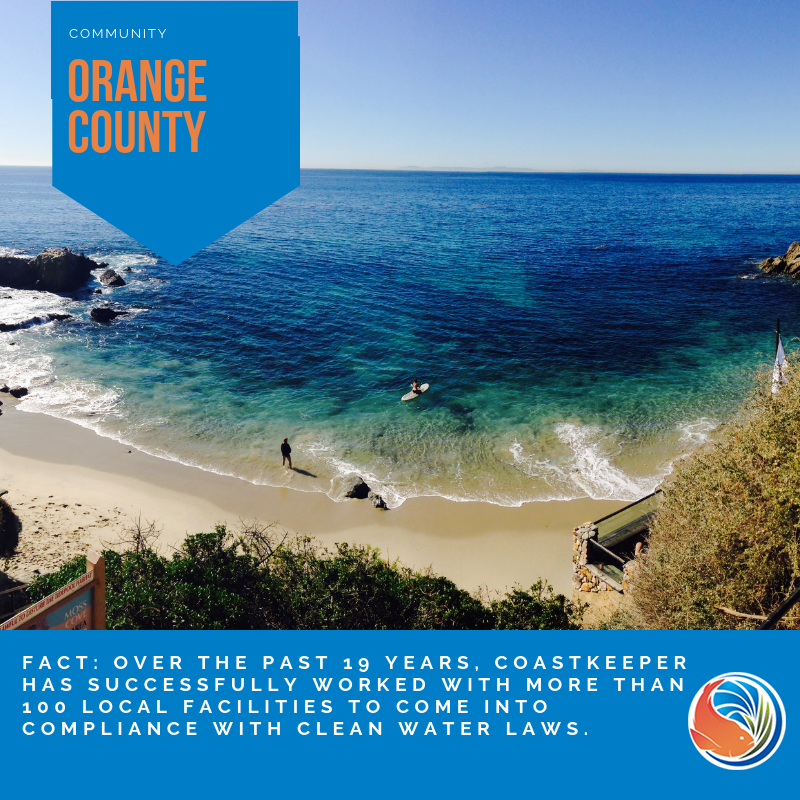
Industries Say Yes to the Best
This year, to battle the biggest threat to water quality – stormwater pollution from industrial facilities – we reached agreements with four corporations to bring them into compliance with federal clean water laws:
- A Huntington Beach-based bronze foundry modified its facility and updated its practices to capture and reuse polluted stormwater onsite before it flows into our waterways, which could also eliminate its need to use drinking water for industrial purposes
- Two leading concrete ready-mix companies upgraded stormwater retention and management practices at seven plants which previously discharged to polluted waterways in three California counties. These facilities have also improved their water-sampling protocols
- A leading aeronautics company has designed and constructed a drought-tolerant stormwater garden to capture, infiltrate, and treat polluted industrial run off before discharging offsite
- A metal fabricator in central Orange County upgraded its facility to divert metal-laden stormwater to underground basins where pollutants will remain and clean water will recharge our aquifer
Our Sampling Teams Build Our Cases
Our legal department relies on scientific data collected by our sampling teams, who brave rainy days to conduct investigations of runoff coming from industrial facilities in Orange County.
How we know it works
We announced results from a 2015 agreement with a solid waste and recycling operator in California — CR&R. This company’s investment in structural improvements at two solid waste sites in Orange County nearly eliminated polluted runoff by directing it to filtration systems.
At the same time, we’re the only Orange County environmental organization advocating for requirements to keep pollution onsite at industrial, commercial and municipal facilities before it reaches our storm drains, which eventually empty into our waters. This year, we helped update the permit that controls stormwater discharges from scrap metal facilities in Orange County. We were instrumental in establishing this permit – the first of its kind in the state – more than five years ago.
3. Groundbreaking research on the Sacramento-San Joaquin River Delta
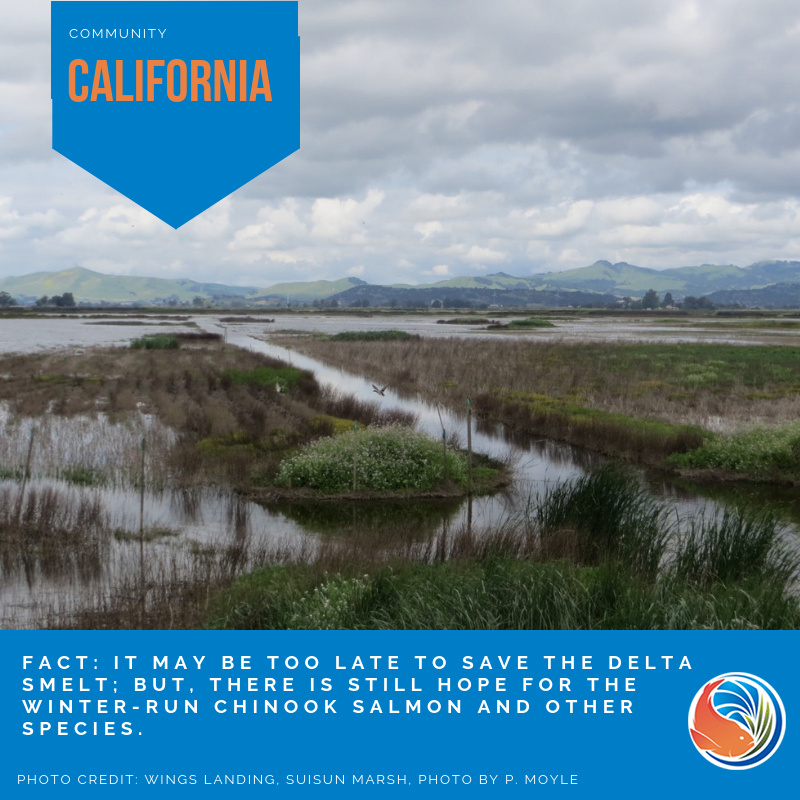
What happens in the Sacramento-San Joaquin River Delta impacts nearly all of California – and Orange County is no exception. That’s why we commissioned Dr. Peter Moyle to research opportunities to expedite the restoration of native fish habitats. As important as the Delta is to the state’s water supply, the protection of this rich environmental resource as habitat for endangered native fish species is equally vital.
4. Turning High School Hallways into Water-Wise Gardens
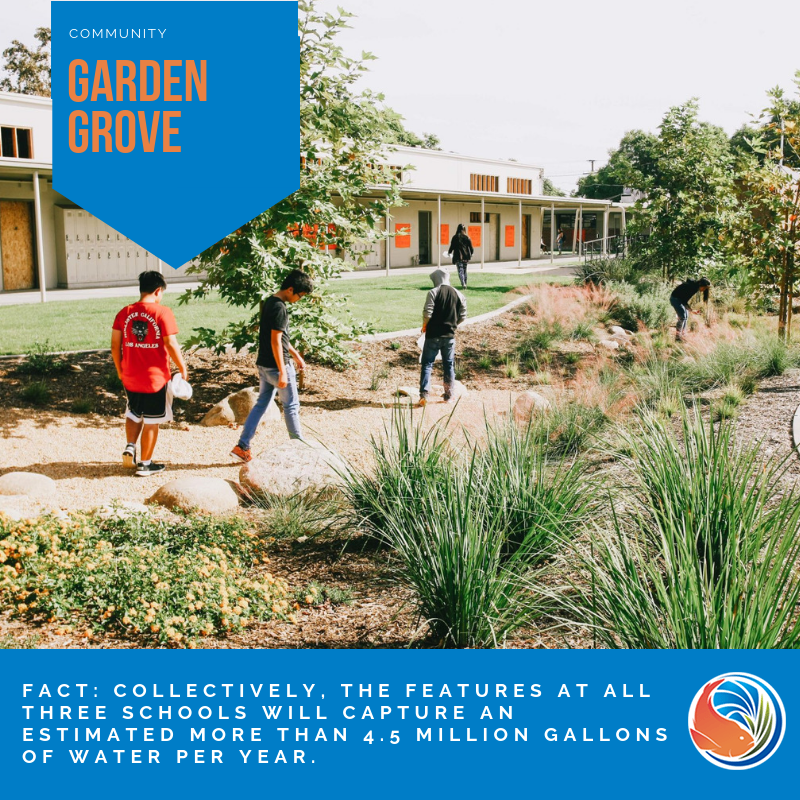
Our curriculum and training helped three Garden Grove Unified School District high schools transform their campuses into water-saving machines.
5. Feed-A-Bee and a Food Pantry Community Garden fly into the Coastkeeper Garden
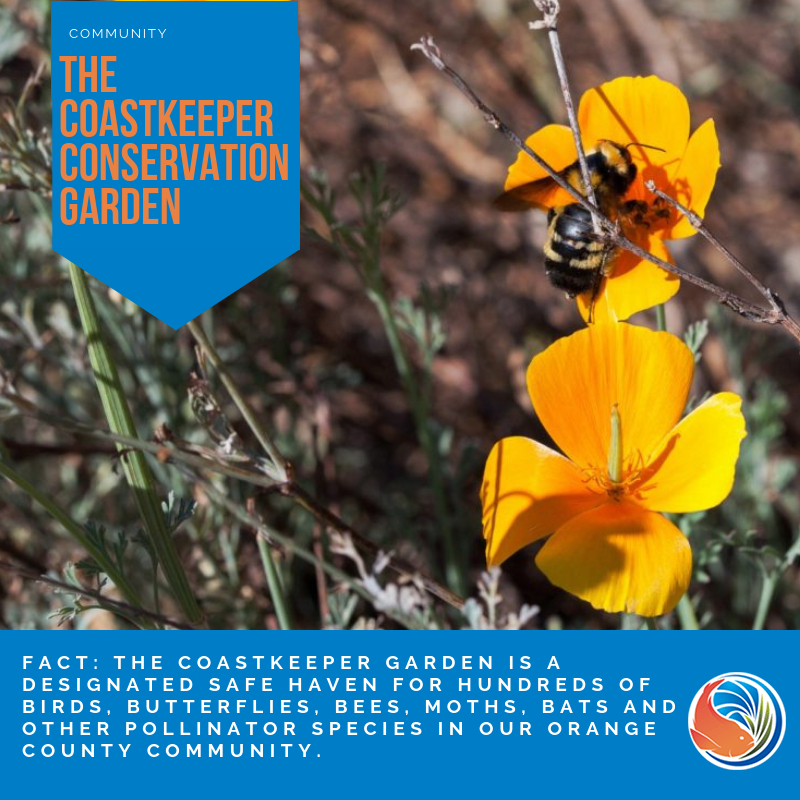
The Coastkeeper Garden works to create an Orange County where all pollinators have a home and access to essential food sources, supported by a grant from the Feed-a-Bee program. The Garden also welcomes more than 50 students and adults with learning disabilities to get involved in the community and learn daily living skills. Students get to take home herbs they grew at The Garden, and we donate remaining herbs to the Santiago Canyon College Food Bank.
6. Our New Associate Member Committee Advises Our Board of Directors
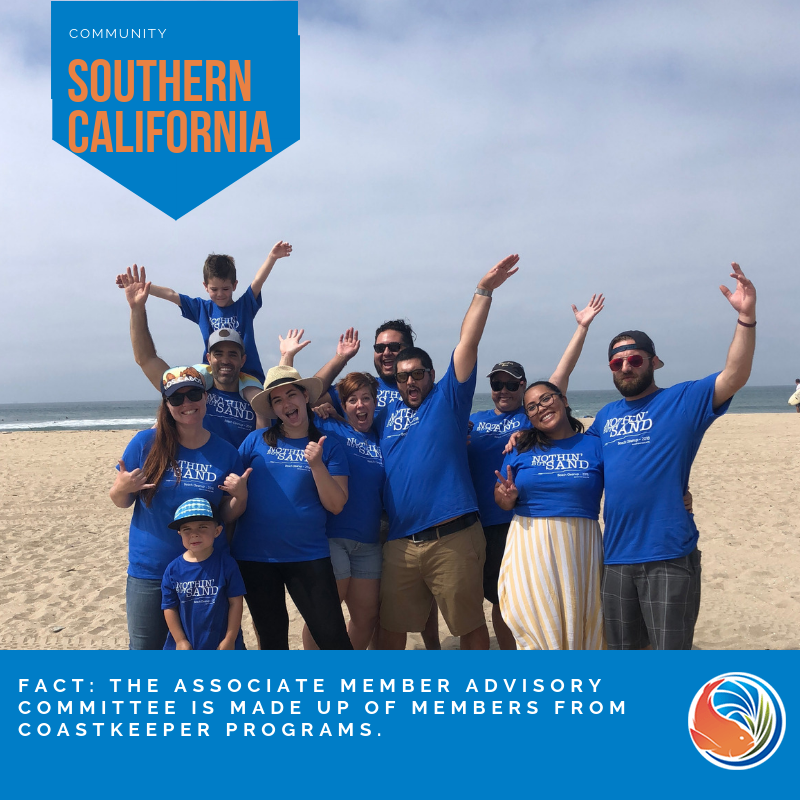 In an effort to strengthen our relationship with members, we created an Associate Member Advisory Committee made up of members from our programs. This committee will advise our board of directors on membership interests so we can better respond to the needs of our community. Anyone interested in becoming a member, affirming their membership, and/or wishing to be a representative on the Committee, should visit our website and sign-up as a member.
In an effort to strengthen our relationship with members, we created an Associate Member Advisory Committee made up of members from our programs. This committee will advise our board of directors on membership interests so we can better respond to the needs of our community. Anyone interested in becoming a member, affirming their membership, and/or wishing to be a representative on the Committee, should visit our website and sign-up as a member.
7. Environmental Education in Riverside County Expands
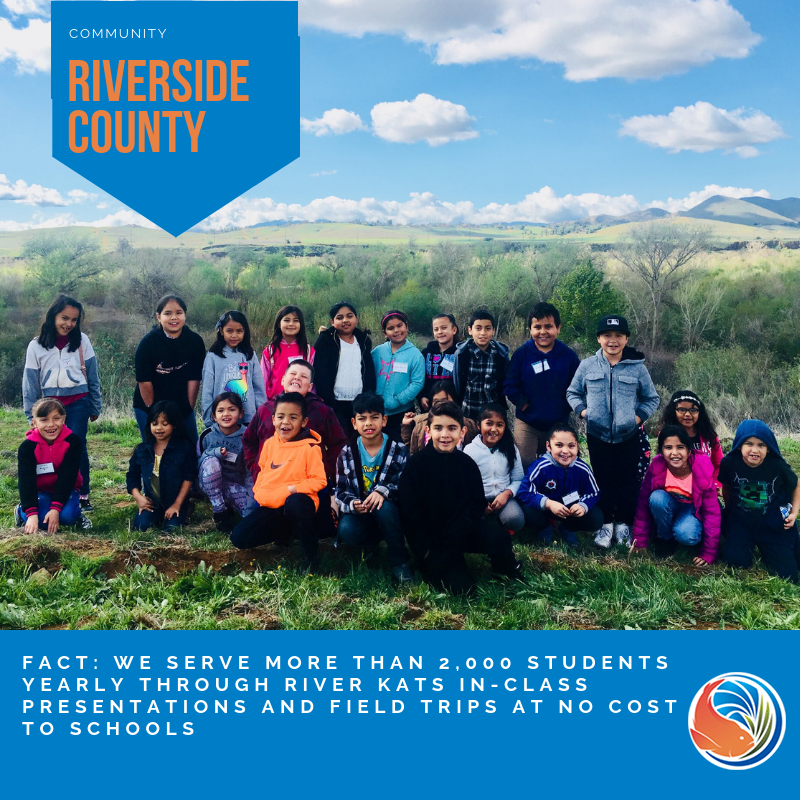
Our environmental programs led by Inland Empire Waterkeeper continue to introduce kids to the wonders and needs of their local habitats. This year, we opened a second location of Little Seedlings Nature Preschool at the Hidden Valley Nature Preserve in western Riverside to teach 3 to 5 year olds the alphabet, colors, and numbers through nature’s lens. We also hosted another weeklong Rivercamp for 5 to 12 year olds, which registered a child from an underserved community for free for every child that paid to attend.
8. Restoring Our Bay’s Health
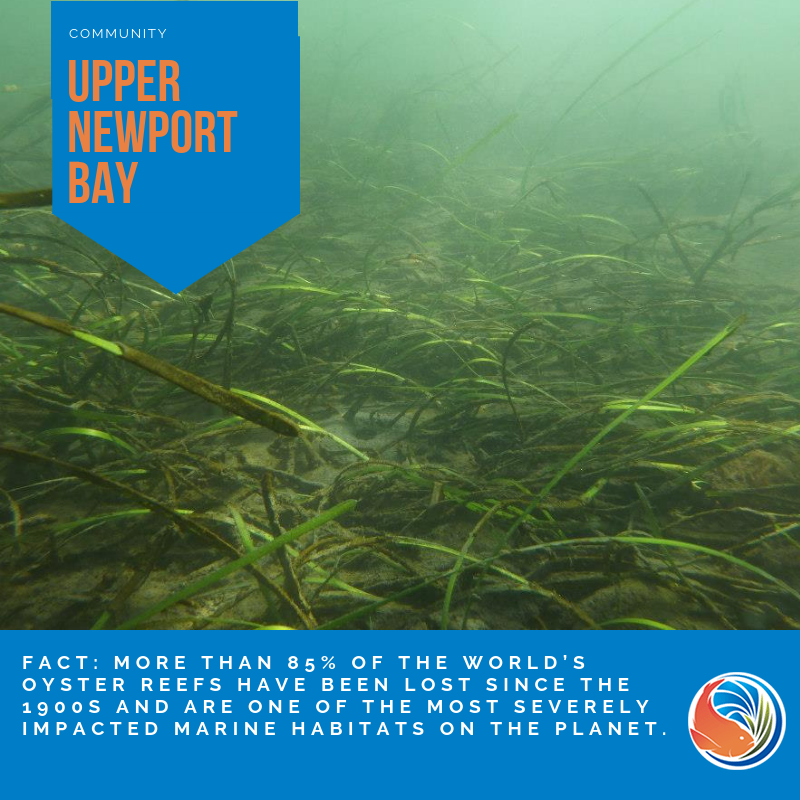
Monitoring of the collaborative Upper Newport Bay Living Shorelines Project has shown that the total restored eelgrass area has increased by nearly three times our initial restoration target. We also estimated the total number of Olympia oysters we have restored to date to be between 13,000 and 20,000 in four sites in Upper Newport Bay. We predict that this dual restoration approach will provide greater habitat and ecosystem function than individual restoration, as well as enhanced shoreline protection benefits as compared to man-made erosion prevention structures, thus reviving an integral part of our coastal habitat.
9. Understanding how Eelgrass Slows Ocean Acidification
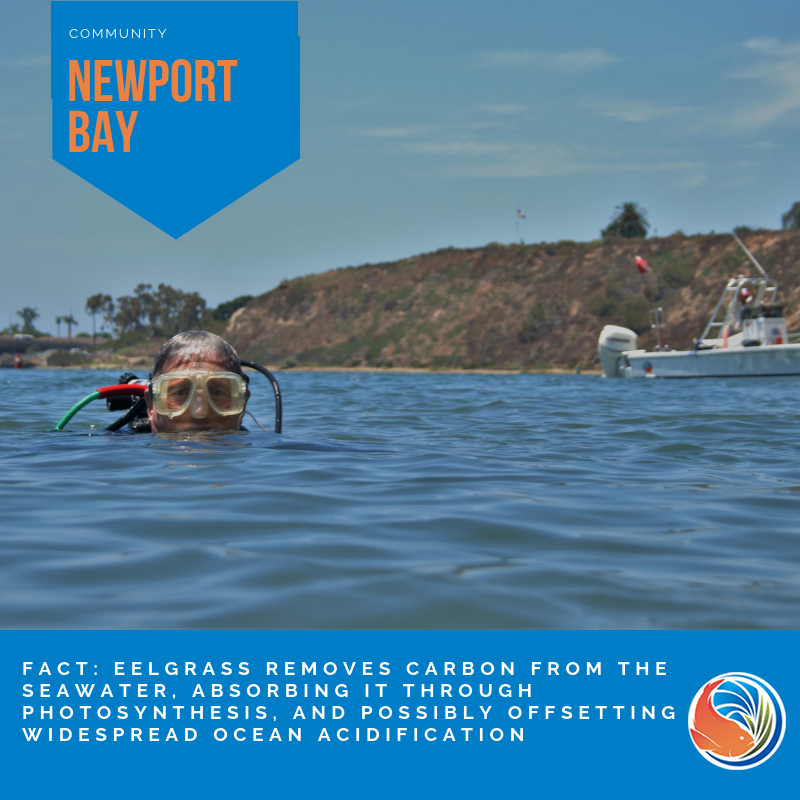
Our restoration program continued to collaborate with researchers from UC Davis on a portion of a coast-wide study to examine the potential of eelgrass to buffer atmospheric carbon – we’re deploying sensors to track water chemistry in seagrass beds of Newport Bay. We know that habitats such as seagrass meadows, kelp forests, and salt marshes use substantial amounts of carbon dioxide from the water and atmosphere for photosynthesis, and we want to know the potential for these habitats to act as local solutions to lessen the impacts of ocean acidification.
10. A Numerical Look at Our Impact in 2018
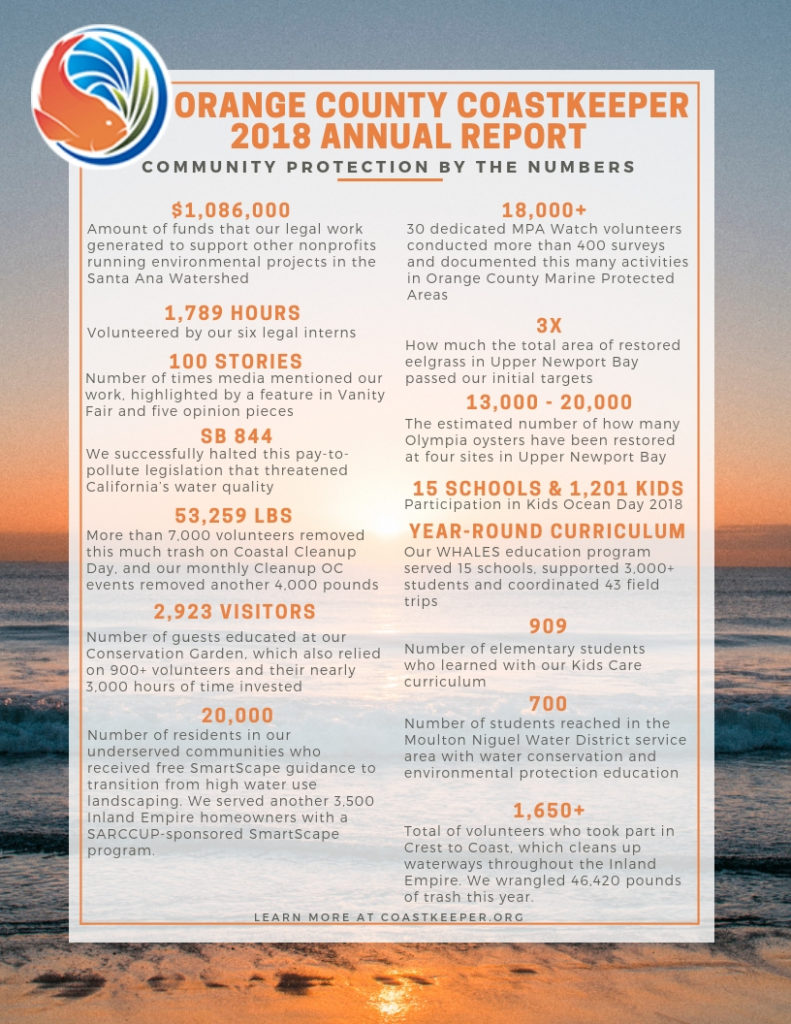
Click here for an easier to read version of the 2018 Coastkeeper Annual Report infographic.
Our Everyday Story is About Navigating Our Communities to Healthier Waters
We’re happily moving into 2019, the year of our 20th anniversary. In addition to a yearlong celebration highlighting 20 years of speaking up, fighting back and mobilizing our communities, we look forward to continuing our work to promote and restore water resources that are drinkable, fishable, swimmable, and sustainable.



